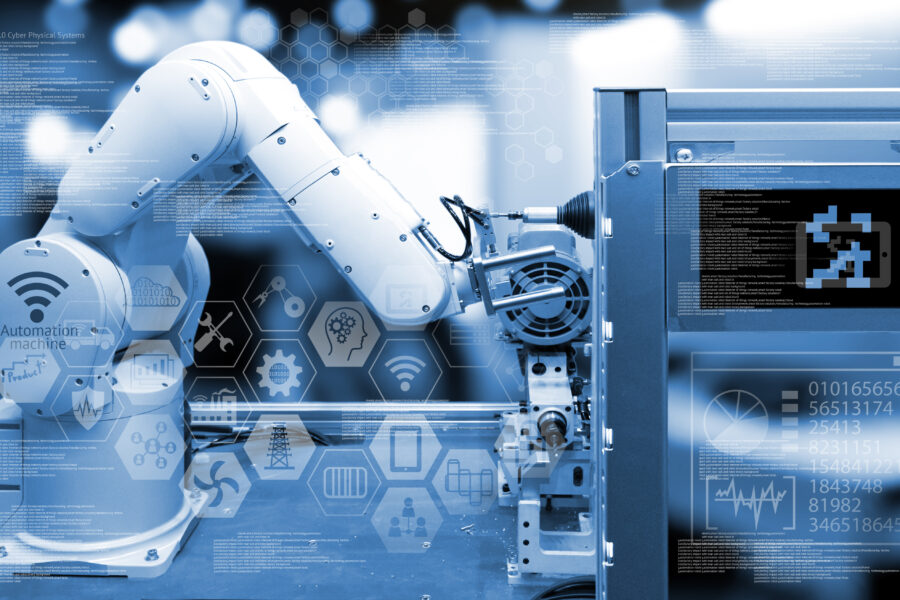Analytics Provides Better Online Learning; As MIT demonstrates, shared information & analytics are effective-always. However it is not only efficient, it is financially compelling. The university knows what courses to offer, how to improve the selection, the trends towards what is contextually meaningful, how to re-articulate what it prioritizes as meaningful and essential in spite of personal student preferences.
These positive outcomes are the result of an accessible and open platform employed in an environment (academics) that encourages such sharing and it points out one fundamental problem with Big Data in 2015.
Out of the Closet and into the Marketplace
If data is kept in the data closet, not taken out, not shared; and therefore inaccessible or only addressable by data scientists; the throughput is not efficient, nor effective, and the outcome is a negative return on investment. “A color that is currently so popular that it rivals the traditional status of black as the most reliably fashionable color.”
The fashion of Big Data in 2014 was it could solve everything but it has not worn so well. Big Data became bulky, oversized, ill fitting and very expensive, even though it looked good in the mirror or on the rack.
Why? Kept in the data closet, not addressable, cannot be applied quickly to create a positive ROI. Therefore, accessible dashboards with real-time analytics are the future of Big Data. They are the new black. But, they must be worn and not confined to computer screens of data analysis — they must be apps. Mobile Apps, wearable apps, machine to machine apps; with real-time or near real-time signaling decisions to be made in an order and sequence.
Big Data for Social Good
Several examples in healthcare, (Stanford University is performing leading work in this area), demonstrate how effective real-time shared data (Doctor to Patient) can save and improve lives. In a broader social context, governments employing data they share freely via apps can battle poverty (UK & IBM) by signaling social workers as to an accurate analysis in provisioning services and for citizens improved and accurate/well matched services. The same can be applied for within public or private enterprise for traffic patterns, saving water (through real-time sensors – an effort underway in some drought stricken urban zones) as well as plethora of other applications utilizing real-time IoT sensors.
Private enterprises would be wise to consider apps as real-time analytics dashboards and signaling systems, with for example, social sentiment open to the entire enterprise and enabled for all employees. If employees can act on customer service, communications improvements and accordingly be measured, as employees on those real-time actions – the prescribed sequence and priority provided by the analytics, will return a positive ROI — thus MIT described above.
The Takeaway
The future or real-time analytics is much like IoT, the spread of the microprocessor in to everything. If it is worn on a person or on another device data – through an App -real time data is better, more effective, even if it is an accessory to the other functions and processes it supports. To capture the value of this promise, which has been described and hyped for years, real-time big data apps make Big Data, the new black by making them financially compelling and fulfilling the promise of better outcomes.










